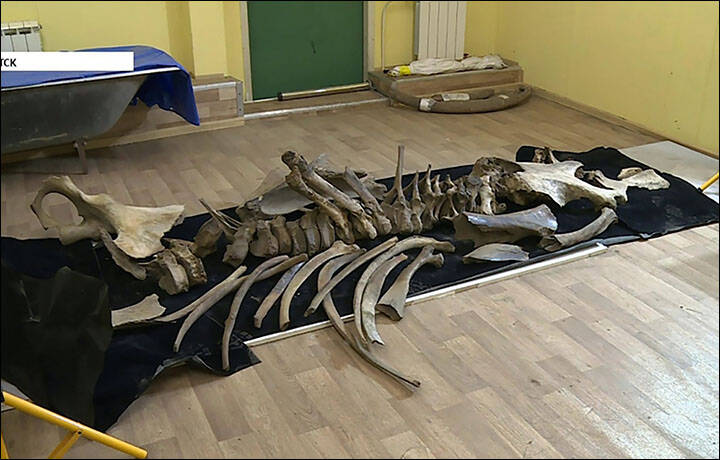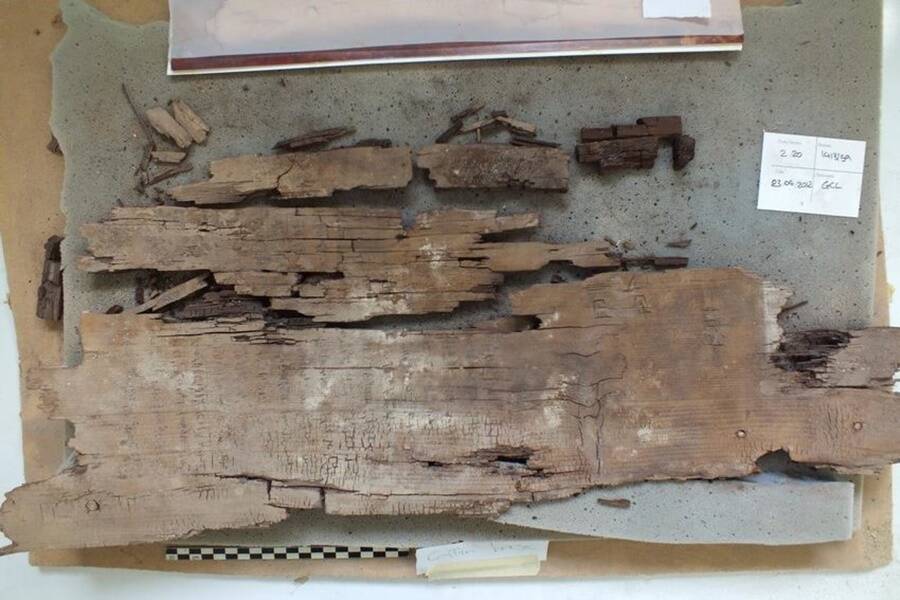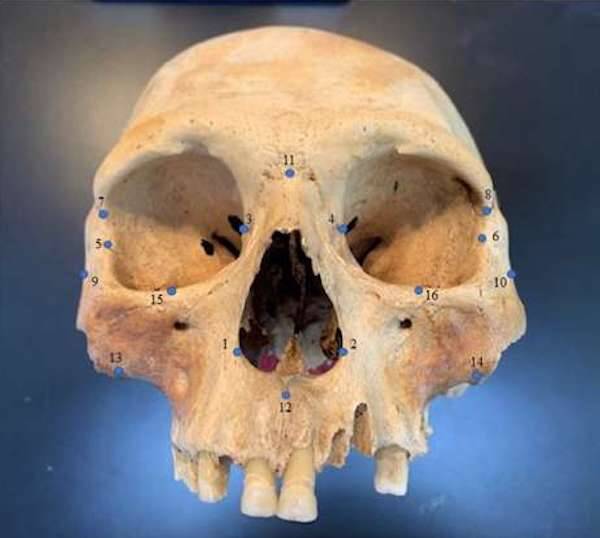Grisly remains of mammoth hunted by humans found, ancient Egyptian map of the underworld uncovered, Christopher Columbus' tales of cannibals perhaps proven true.
Mammoth Skeleton Shows Evidence That Early Humans Killed And Butchered It

Albert Protopopov/The Siberian TimesThe remains of the mammoth that provide startling evidence of early human hunters’ ability to take these creatures down.
Archaeological evidence of early human hunters taking down woolly mammoths has often been much more spotty and contested than you might think. But analysis of a mammoth skeleton unearthed on Kotelny Island in the Russian arctic provides some of the best evidence yet.
“I believe no other mammoth previously found in the world had such clear signs of being hunted by humans,” researcher Albert Protopopov told The Siberian Times.
And the evidence isn’t just clear — it’s grisly. Researchers say the bones indicate that hunters not only killed the mammoth, but then pulled out its brain, stripped its marrow, and butchered the meat.
This Ancient Egyptian Map To The Underworld Is The Oldest Illustrated Book Ever Found

Harco WillemsFragments from a Book of Two Ways discovered on the coffin of a woman named Ankh inside the necropolis of Deir el-Bersha.
Even those who know little of ancient Egypt’s mysteries have heard of the infamous Book of the Dead. And now, researchers have found a similar text that not only predates that one, but may also be the oldest illustrated book ever uncovered.
Egyptologists found parts of an illustrated “book” that served as a guide to reach Rostau — the Underworld ruled by Osiris, the Egyptian god of death.
Dig deeper in this report.
Christopher Columbus Claimed He Encountered Marauding Tribes Of Cannibals — And It Might Actually Be True

Ann Ross/North Carolina State UniversityExperts analyzed the skulls of early Caribbean inhabitants dating between 800 A.D. and 1542.
In recent years, Christopher Columbus has been increasingly considered more of a ruthless conqueror than a well-intentioned pioneer, as taught to us in school. However, the explorer’s long-dismissed stories about cruel Carib raiders in the Caribbean — who abducted women and cannibalized men — may have actually been true.
This historical reassessment by researchers saw experts analyze the skulls of 103 early Caribbean inhabitants dating between 800 A.D. and 1542. This allowed them to clearly distinguish between groups of people and clearly establish just how these islands were originally colonized. The findings concluded that the Carib people were indeed living in the Bahamas as early as 1000 A.D.
Read more here.





